Home>Furniture & Design>Interior Design Trends>What Is Annealed Glass
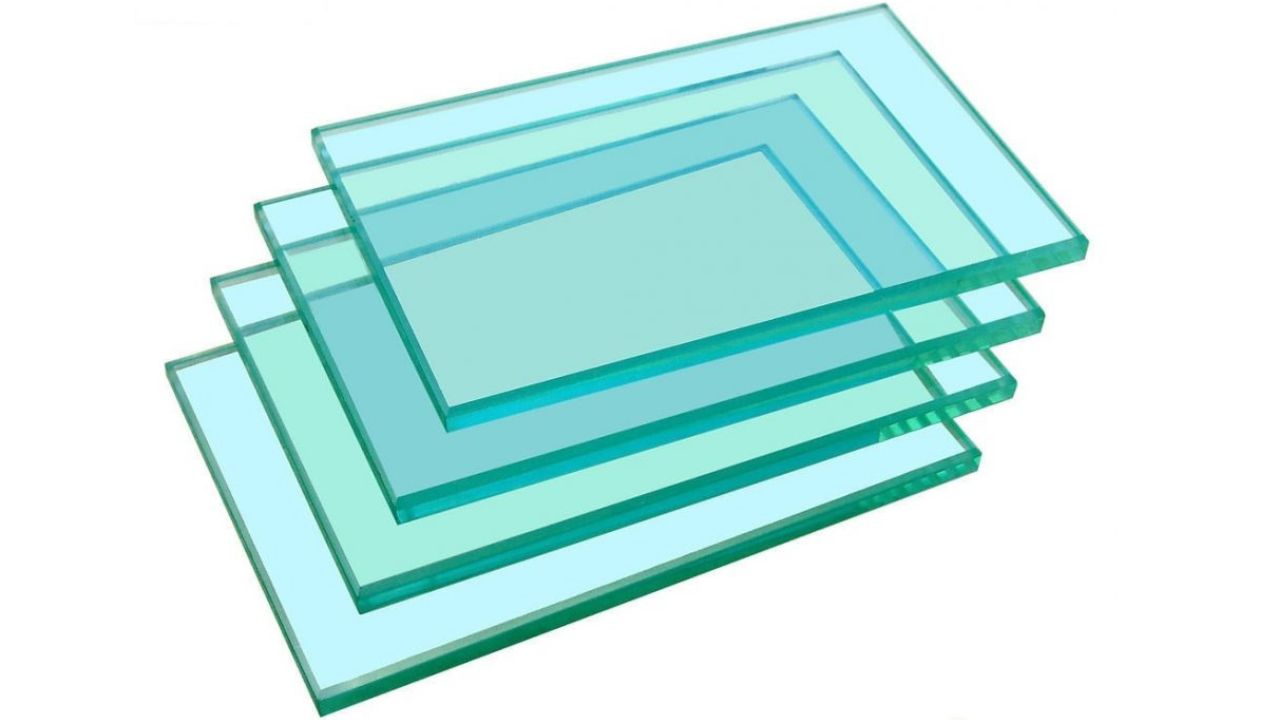

Interior Design Trends
What Is Annealed Glass
Modified: October 20, 2024
Learn about the benefits of annealed glass for interior design trends. Discover how annealed glass can enhance your home decor.
(Many of the links in this article redirect to a specific reviewed product. Your purchase of these products through affiliate links helps to generate commission for Storables.com, at no extra cost. Learn more)
Introduction
Annealed glass is a fundamental component of modern architecture and interior design, offering a blend of functionality and aesthetic appeal. This versatile material has become a staple in various applications due to its unique properties and manufacturing process. Understanding the nature of annealed glass is essential for both professionals in the design industry and individuals seeking to enhance their living spaces.
Annealed glass, also known as standard glass, is a type of float glass that undergoes a controlled cooling process to relieve internal stresses. This results in a product with uniform thickness and a smooth surface, making it an ideal choice for a wide range of architectural and decorative purposes. From windows and doors to tabletops and shelving, annealed glass is a popular choice for its clarity and versatility.
As we delve into the intricacies of annealed glass, it's important to recognize its significance in the realm of interior design and construction. The properties and characteristics of this glass, along with its manufacturing process, play a pivotal role in shaping the spaces we inhabit. By exploring the applications and safety considerations associated with annealed glass, we can gain a comprehensive understanding of its impact on both functional and aesthetic aspects of design.
In the following sections, we will unravel the definition, manufacturing process, properties, common applications, and safety considerations of annealed glass. This exploration will shed light on the multifaceted nature of this material, offering valuable insights for designers, architects, and enthusiasts alike. Let's embark on a journey to uncover the intricacies of annealed glass and its profound influence on the world of design and construction.
Key Takeaways:
- Annealed glass is a versatile material with exceptional clarity, making it perfect for windows, doors, and decorative elements. Its smooth surface and cost-effectiveness offer endless design possibilities for interior spaces.
- While annealed glass offers aesthetic appeal and customization, its fragility requires careful consideration for safety. Designers must assess impact resistance and environmental factors to create secure and inviting interior spaces.
Read more: What Is EAPG Glass
Definition of Annealed Glass
Annealed glass, also referred to as standard glass, is a type of float glass that has been thermally treated to relieve internal stresses. This process involves slowly cooling the glass to minimize internal pressure, resulting in a product with uniform thickness and a smooth surface. The controlled cooling process is crucial in preventing the glass from shattering into sharp, jagged pieces when broken, making it a safer option for various applications.
One of the defining characteristics of annealed glass is its optical clarity, which allows for maximum light transmission. This makes it an ideal choice for windows, doors, and other architectural elements where transparency is desired. Additionally, annealed glass can be easily cut, drilled, and edged to suit specific design requirements, offering versatility in customization.
From a structural standpoint, annealed glass is known for its relatively low resistance to thermal and mechanical stress compared to tempered or laminated glass. While it is suitable for many interior applications, it is important to consider the potential for breakage and the safety implications associated with its use in certain environments.
In summary, annealed glass is a foundational material in the realm of interior design and architecture, valued for its optical clarity, ease of customization, and cost-effectiveness. Its unique properties and manufacturing process make it a popular choice for a wide range of applications, contributing to the functionality and aesthetic appeal of residential and commercial spaces alike.
Manufacturing Process
The manufacturing process of annealed glass begins with the creation of float glass, a method that revolutionized the glass production industry. This process involves melting high-quality raw materials, such as silica sand, soda ash, and limestone, in a furnace at extremely high temperatures. The molten glass is then poured onto a bed of molten tin, resulting in a perfectly flat surface with uniform thickness. This method allows for the production of large, high-quality glass sheets that serve as the foundation for various glass products, including annealed glass.
Once the float glass is formed, it undergoes a controlled cooling process to relieve internal stresses and ensure uniformity. The glass is gradually cooled in a carefully controlled annealing lehr, a long furnace that allows the glass to cool at a predetermined rate. This gradual cooling process is essential for reducing internal stresses within the glass, which can occur during the rapid cooling phase. By carefully controlling the cooling rate, the glass achieves a state of equilibrium, resulting in a product with consistent thickness and minimal internal tension.
The annealed glass is then cut into specific sizes according to the requirements of different applications. This cutting process can be tailored to accommodate a wide range of shapes and dimensions, making it a versatile option for architectural and decorative purposes. Additionally, the edges of the glass can be polished or ground to achieve a smooth, refined finish, enhancing both its appearance and safety.
Overall, the manufacturing process of annealed glass combines precision engineering with advanced technology to produce a material that is integral to modern design and construction. The meticulous control of temperature and cooling rates ensures that the glass achieves the desired level of strength and uniformity, making it suitable for a diverse array of applications. This process underscores the importance of quality craftsmanship and attention to detail in creating a material that contributes to the functionality and visual appeal of interior spaces.
Properties and Characteristics
Annealed glass possesses a unique set of properties and characteristics that make it a versatile and valuable material in the realm of interior design and architecture. Understanding these attributes is essential for leveraging the full potential of annealed glass in various applications.
1. Optical Clarity: One of the most notable properties of annealed glass is its exceptional optical clarity. This clarity allows for maximum light transmission, making it an ideal choice for windows, doors, and other architectural elements where transparency is desired. The unobstructed passage of natural light through annealed glass creates a sense of openness and spaciousness within interior spaces, contributing to a bright and inviting atmosphere.
2. Customization: Annealed glass can be easily cut, drilled, and edged to suit specific design requirements. This versatility in customization allows designers and architects to create tailored solutions for a wide range of applications. Whether it's crafting intricate glass panels or designing unique shelving units, the ability to customize annealed glass enhances its adaptability in diverse design scenarios.
3. Smooth Surface: The controlled cooling process during manufacturing results in a smooth surface for annealed glass. This smoothness not only enhances its visual appeal but also contributes to ease of maintenance. The sleek and polished finish of annealed glass adds a touch of sophistication to interior spaces while simplifying cleaning and upkeep, making it a practical choice for both residential and commercial environments.
4. Fragility: While annealed glass offers optical clarity and ease of customization, it is important to note that it has relatively low resistance to thermal and mechanical stress compared to tempered or laminated glass. This inherent fragility means that annealed glass is more susceptible to breakage under certain conditions. As such, careful consideration of its application and adherence to safety guidelines are crucial when incorporating annealed glass into design projects.
5. Cost-Effectiveness: Annealed glass is a cost-effective option for various design and construction projects. Its manufacturing process and widespread availability make it a budget-friendly choice for applications where the enhanced strength of tempered or laminated glass is not a primary requirement. This affordability makes annealed glass accessible to a wide range of design enthusiasts and professionals, contributing to its widespread use in interior spaces.
In summary, the properties and characteristics of annealed glass encompass optical clarity, customization versatility, a smooth surface, fragility, and cost-effectiveness. These attributes collectively position annealed glass as a valuable material that balances aesthetic appeal with practicality, offering a myriad of design possibilities for creating inviting and functional interior spaces.
Annealed glass is a type of glass that has been slowly cooled to relieve internal stresses, making it less likely to break. It is commonly used in windows and glass doors.
Common Applications
Annealed glass finds widespread use in a diverse array of applications within the realm of interior design and architecture. Its unique properties and versatility make it a popular choice for enhancing both residential and commercial spaces. Here are some common applications where annealed glass plays a pivotal role:
-
Windows and Doors: Annealed glass is frequently utilized for windows and doors in both residential and commercial buildings. Its optical clarity allows for unobstructed views and ample natural light, creating a welcoming and airy ambiance within interior spaces. Whether it's framing picturesque views or connecting indoor and outdoor areas, annealed glass serves as a timeless and functional choice for window and door installations.
-
Interior Partitions: The transparency and sleek finish of annealed glass make it an ideal material for interior partitions. From dividing office spaces to delineating different zones within a home, glass partitions contribute to an open and modern aesthetic. The use of annealed glass in interior partitions promotes visual connectivity while maintaining distinct areas, fostering a sense of spaciousness and collaboration.
-
Shelving and Display Units: Annealed glass is often employed in shelving and display units, adding a touch of elegance to retail environments, galleries, and residential interiors. Its smooth surface and customizable dimensions allow for the creation of stylish and functional storage solutions. Whether showcasing merchandise or personal belongings, glass shelving and display units elevate the visual appeal of interior spaces while providing practical storage options.
-
Tabletops and Countertops: The use of annealed glass for tabletops and countertops introduces a modern and sophisticated element to interior design. Its smooth surface and customizable dimensions allow for the creation of stylish and functional surfaces. Whether used in dining areas, workspaces, or retail settings, glass tabletops and countertops add a contemporary touch while offering durability and ease of maintenance.
-
Decorative Panels and Art Installations: Annealed glass serves as a versatile medium for decorative panels and art installations, allowing for the integration of artistic elements into interior spaces. Whether used as decorative wall panels, art installations, or feature pieces, annealed glass adds a layer of visual interest and creativity to interior design. Its optical clarity and adaptability make it a favored choice for incorporating artistic expressions into architectural settings.
-
Architectural Glazing: In architectural applications, annealed glass is utilized for various glazing purposes, including skylights, atriums, and glass facades. Its ability to transmit natural light while providing structural support makes it an essential component in creating visually striking and functional architectural elements. Annealed glass contributes to the seamless integration of interior and exterior spaces, enhancing the overall design and functionality of buildings.
In essence, the versatility and aesthetic appeal of annealed glass make it a go-to material for a wide range of applications, from functional elements such as windows and doors to decorative features like art installations and display units. Its ability to combine transparency, customization, and durability positions annealed glass as a timeless and adaptable choice for enhancing interior spaces.
Read more: What Is Mineral Glass
Safety Considerations
When incorporating annealed glass into interior design and architectural projects, it is essential to consider the safety implications associated with its use. While annealed glass offers numerous benefits in terms of optical clarity and customization, it is important to be mindful of its inherent fragility and potential risks. Understanding and addressing safety considerations is paramount to ensuring the well-being of occupants and the longevity of design installations.
The primary safety concern related to annealed glass is its propensity to break into sharp, jagged pieces when subjected to significant impact or stress. Unlike tempered or laminated glass, which are engineered to minimize the risk of injury upon breakage, annealed glass does not possess the same level of impact resistance. As a result, it is crucial to assess the environment and intended application to determine the appropriate use of annealed glass.
In spaces where the risk of accidental breakage is elevated, such as high-traffic areas or environments frequented by children, careful consideration should be given to alternative glass options that offer enhanced safety features. Tempered glass, for example, undergoes a thermal treatment process that increases its strength and causes it to break into small, relatively harmless fragments upon impact, reducing the risk of severe injury.
Furthermore, proper installation and adherence to building codes and safety standards are imperative when utilizing annealed glass in architectural elements such as windows, doors, and partitions. Ensuring that the glass is securely mounted and that any potential sharp edges are appropriately addressed can mitigate the risks associated with breakage.
In addition to impact-related safety considerations, it is essential to evaluate the thermal and mechanical stress factors that may affect annealed glass in specific environments. Fluctuations in temperature, exposure to direct sunlight, and structural movement can influence the performance of annealed glass, potentially leading to stress-related breakage. By conducting thorough assessments and consulting with glass professionals, designers and architects can make informed decisions regarding the suitability of annealed glass for different applications.
Ultimately, prioritizing safety considerations when working with annealed glass underscores the responsibility to create environments that are both aesthetically pleasing and secure. By integrating safety-conscious design practices and selecting appropriate glass solutions, the potential risks associated with annealed glass can be effectively managed, allowing for the creation of inviting and secure interior spaces.
In summary, safety considerations related to annealed glass encompass the assessment of impact resistance, proper installation practices, and the evaluation of environmental factors that may affect its performance. By addressing these considerations proactively, designers and architects can harness the benefits of annealed glass while prioritizing the safety and well-being of occupants.
Conclusion
In conclusion, the multifaceted nature of annealed glass positions it as a cornerstone of modern interior design and architecture. Its optical clarity, versatility in customization, and cost-effectiveness make it a favored choice for a diverse array of applications, from functional elements like windows and doors to decorative features such as art installations and display units. The smooth surface and transparency of annealed glass contribute to a sense of openness and sophistication within interior spaces, enhancing both the aesthetic appeal and functionality of design installations.
The manufacturing process of annealed glass, characterized by meticulous control of temperature and cooling rates, underscores the importance of precision engineering and attention to detail. This process results in a material with consistent thickness and minimal internal tension, laying the foundation for its widespread use in architectural and decorative contexts. The ability to customize annealed glass to suit specific design requirements further amplifies its value, allowing for tailored solutions that elevate the visual appeal of interior spaces.
However, it is essential to approach the use of annealed glass with a keen awareness of safety considerations. Its inherent fragility and susceptibility to breakage under certain conditions necessitate careful assessment of the environment and intended application. By prioritizing safety-conscious design practices and, when appropriate, considering alternative glass options with enhanced impact resistance, designers and architects can create environments that are both aesthetically pleasing and secure.
In essence, the enduring appeal of annealed glass lies in its ability to harmonize transparency, functionality, and visual allure. Whether it's framing panoramic views, delineating interior spaces, or showcasing artistic expressions, annealed glass continues to shape the ambiance and character of interior environments. By embracing its unique properties and considering safety implications, designers and architects can harness the timeless elegance and adaptability of annealed glass to craft inviting and inspiring spaces for generations to come.
Frequently Asked Questions about What Is Annealed Glass
Was this page helpful?
At Storables.com, we guarantee accurate and reliable information. Our content, validated by Expert Board Contributors, is crafted following stringent Editorial Policies. We're committed to providing you with well-researched, expert-backed insights for all your informational needs.
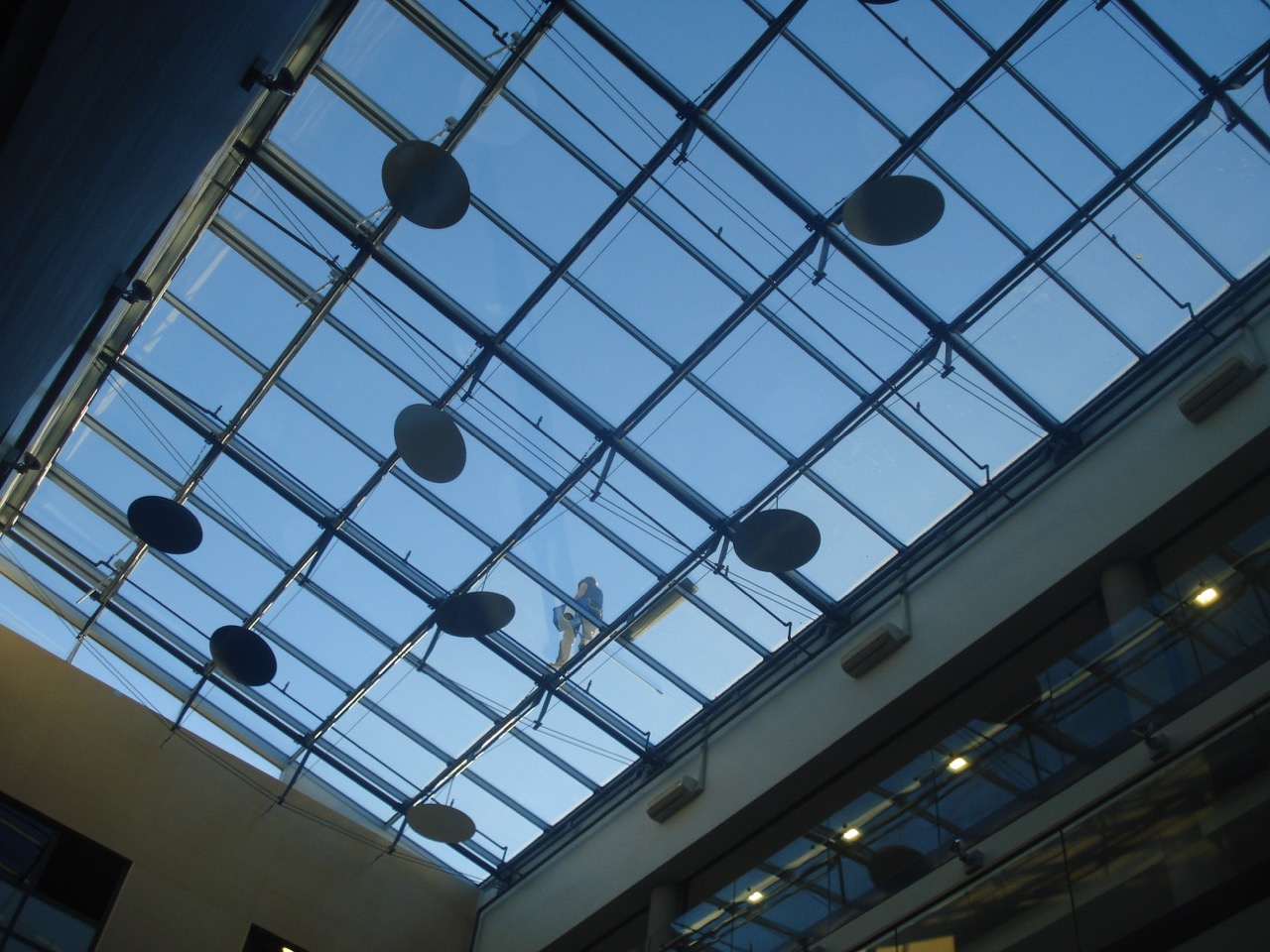


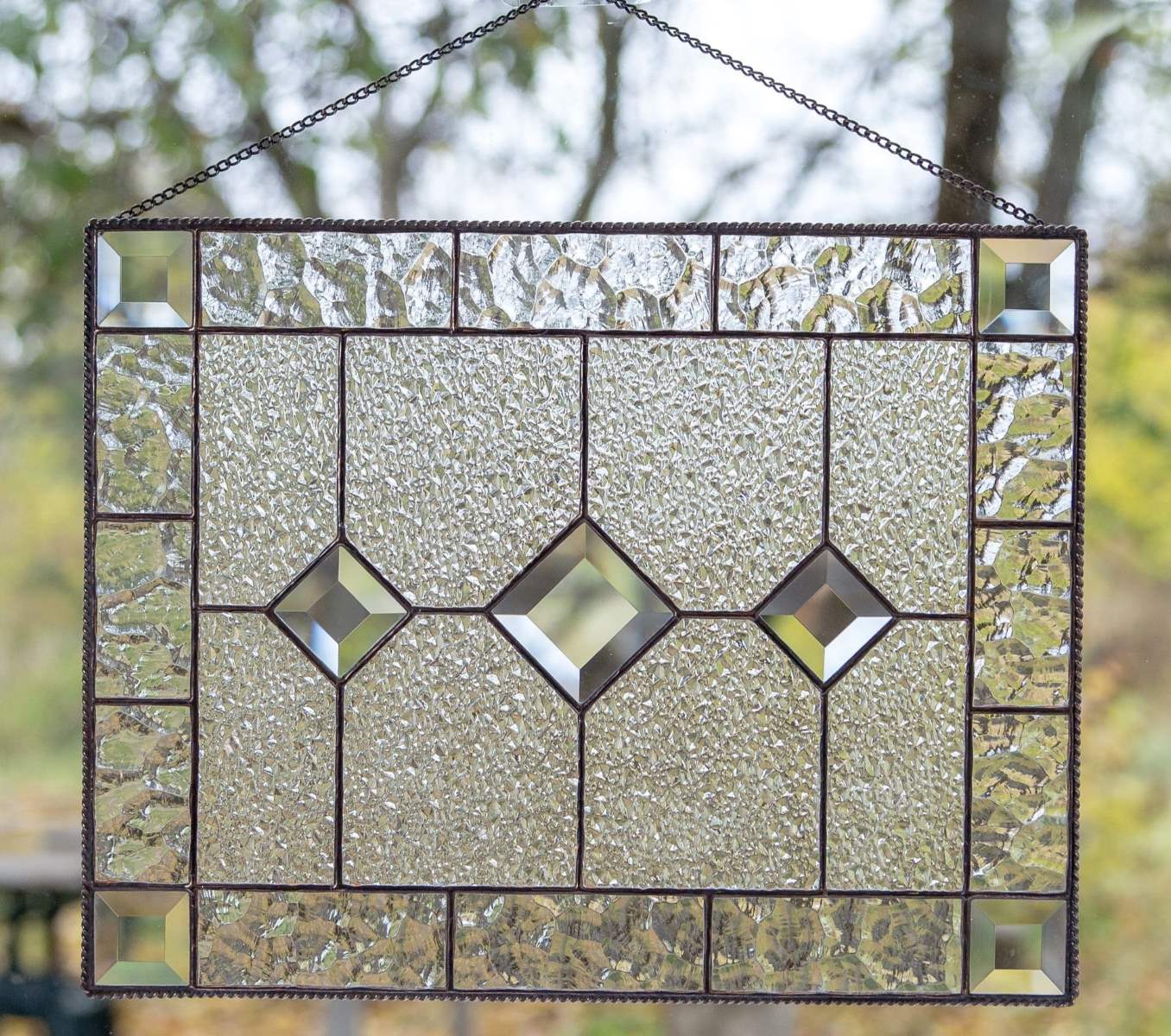

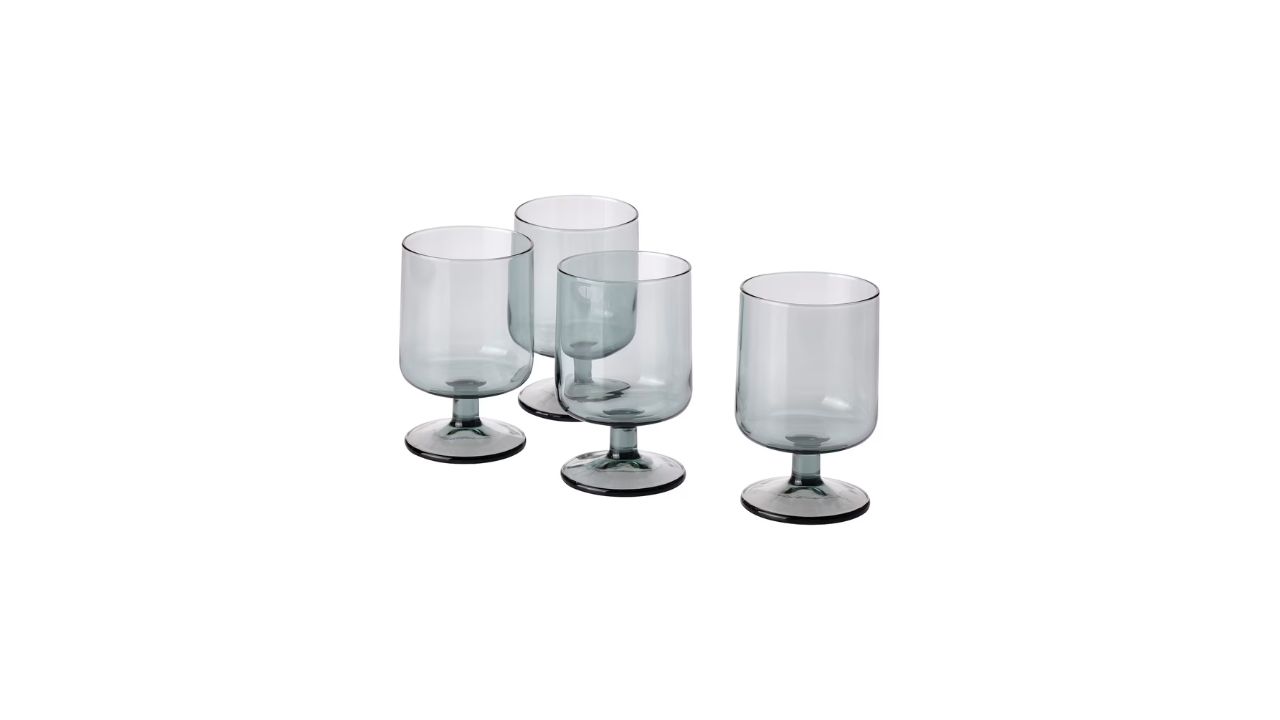
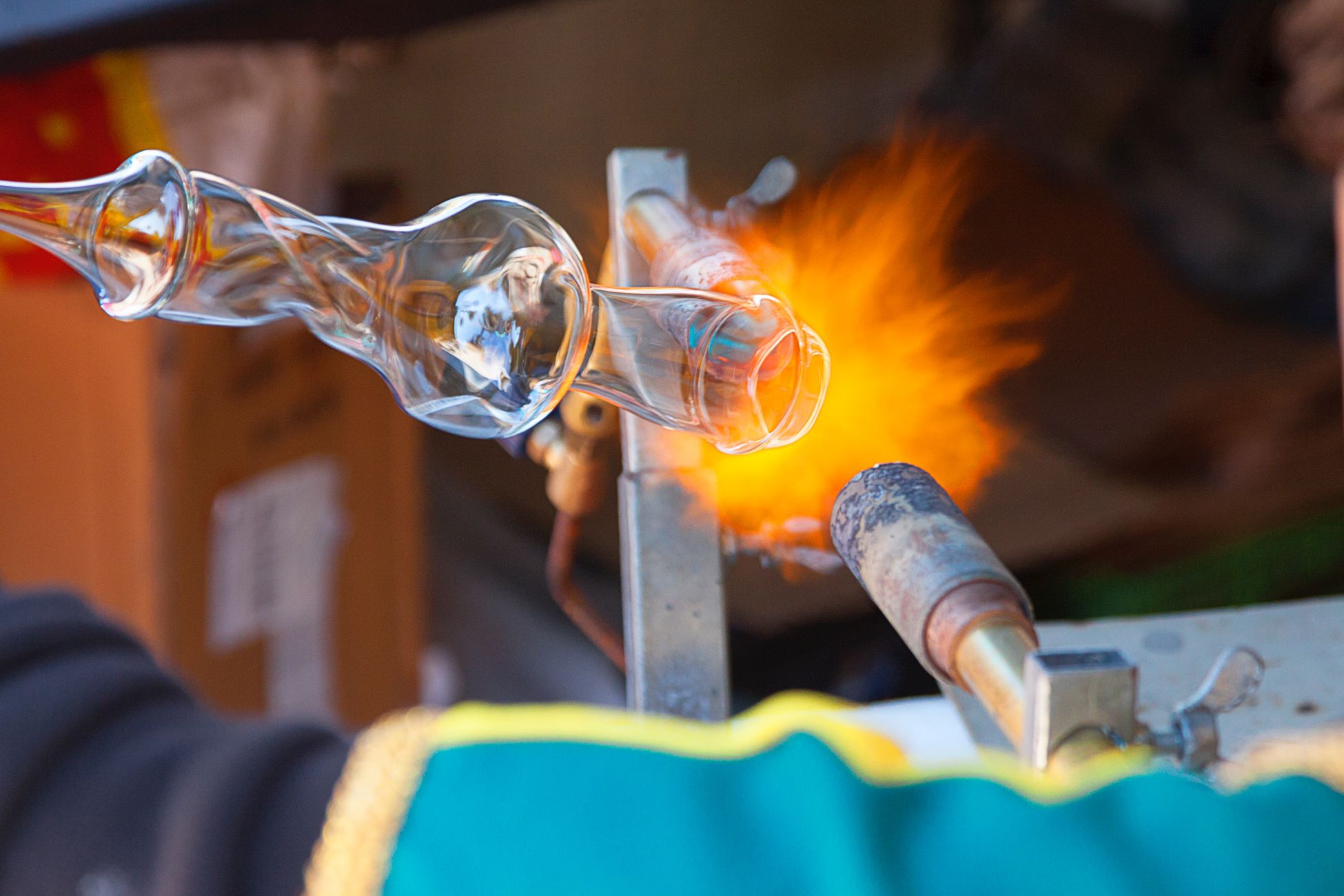
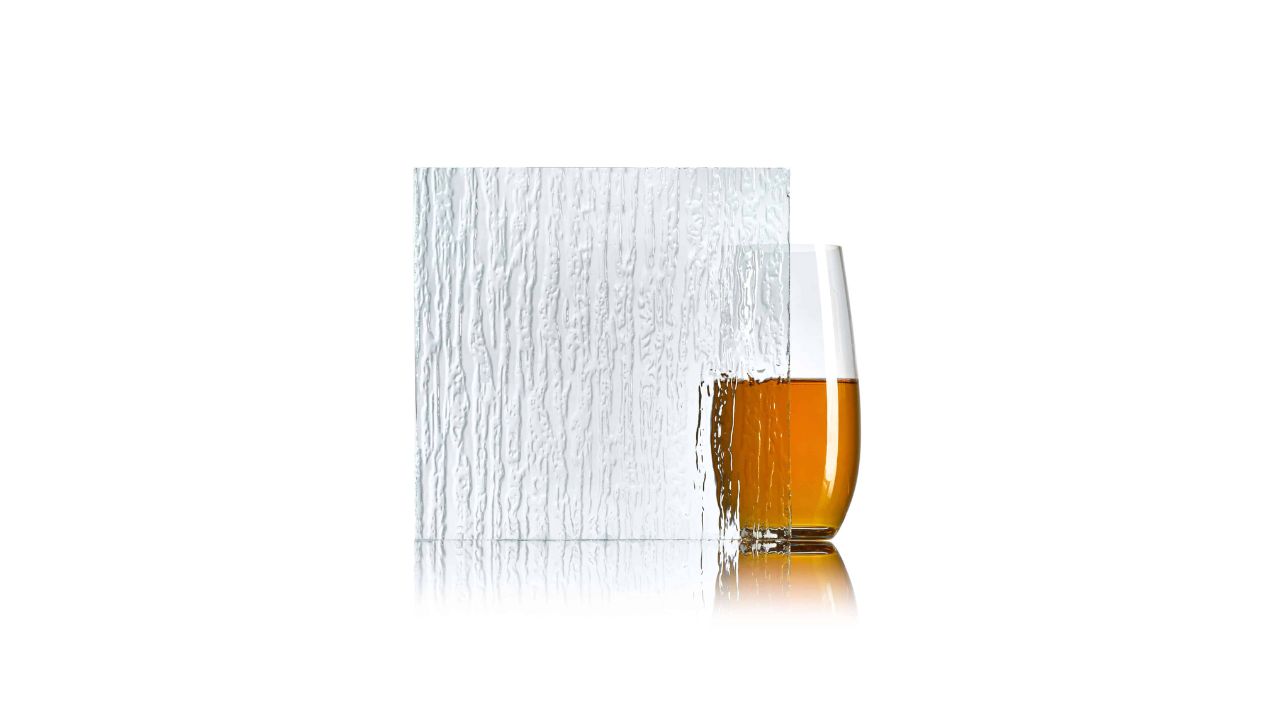
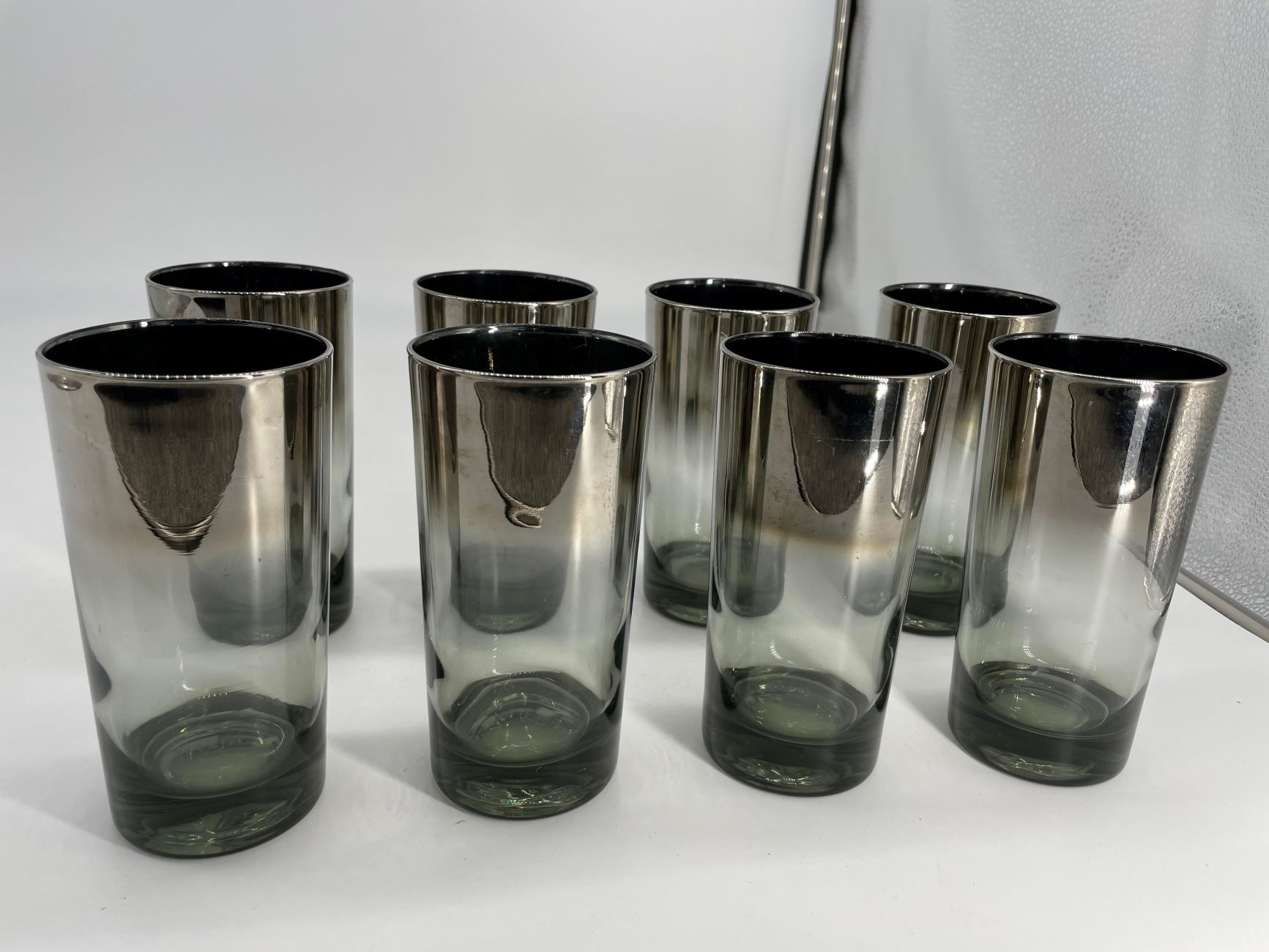

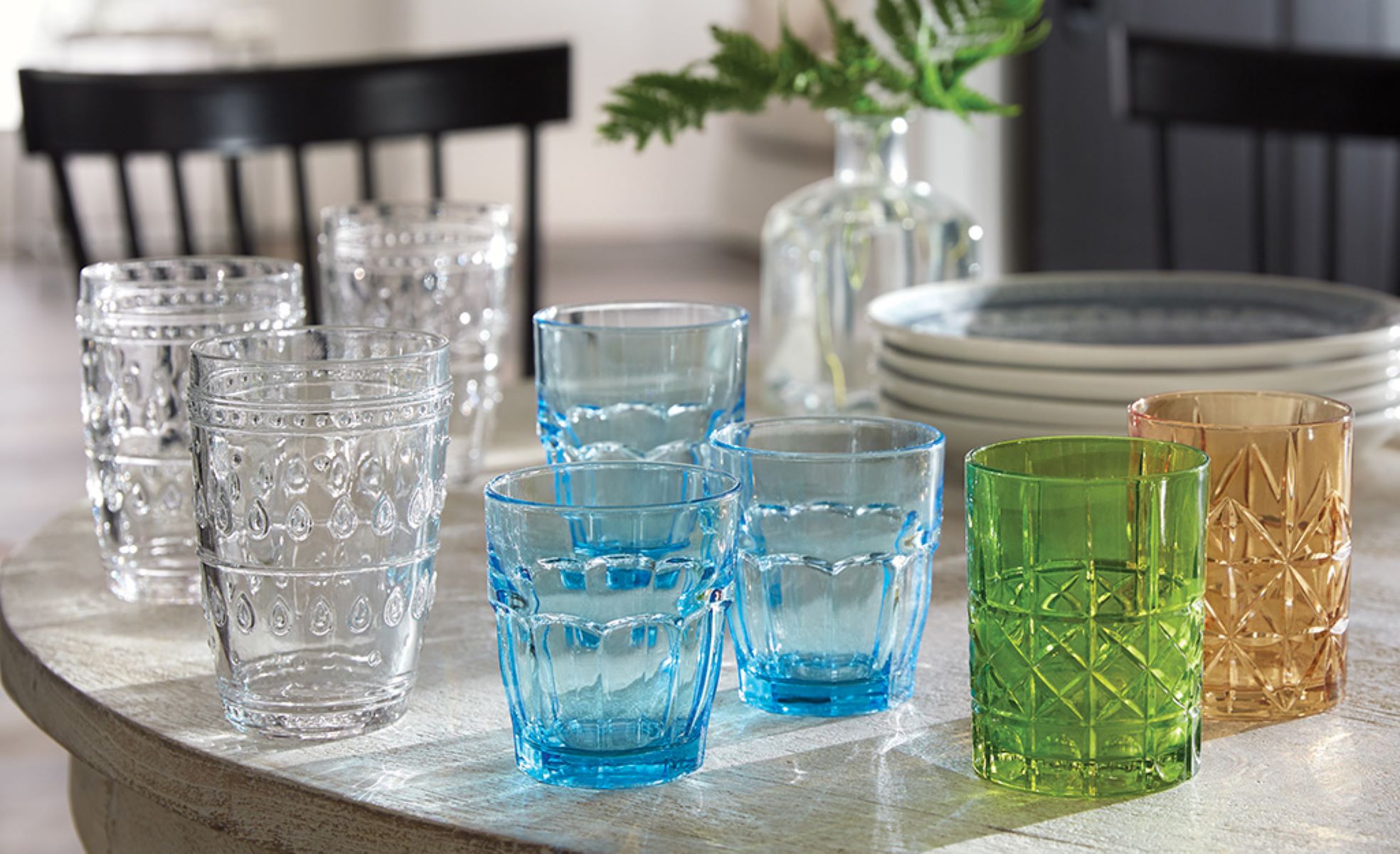
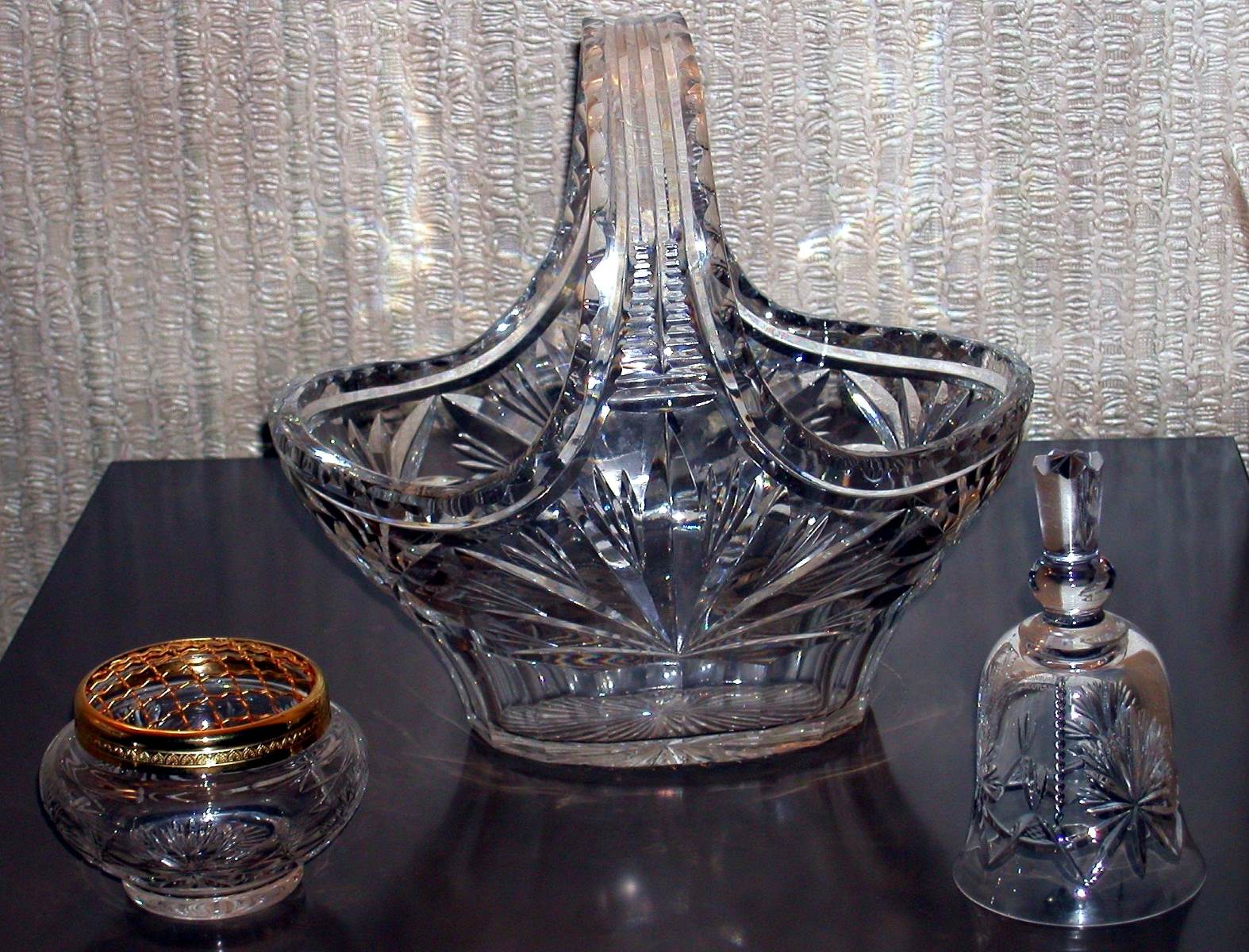
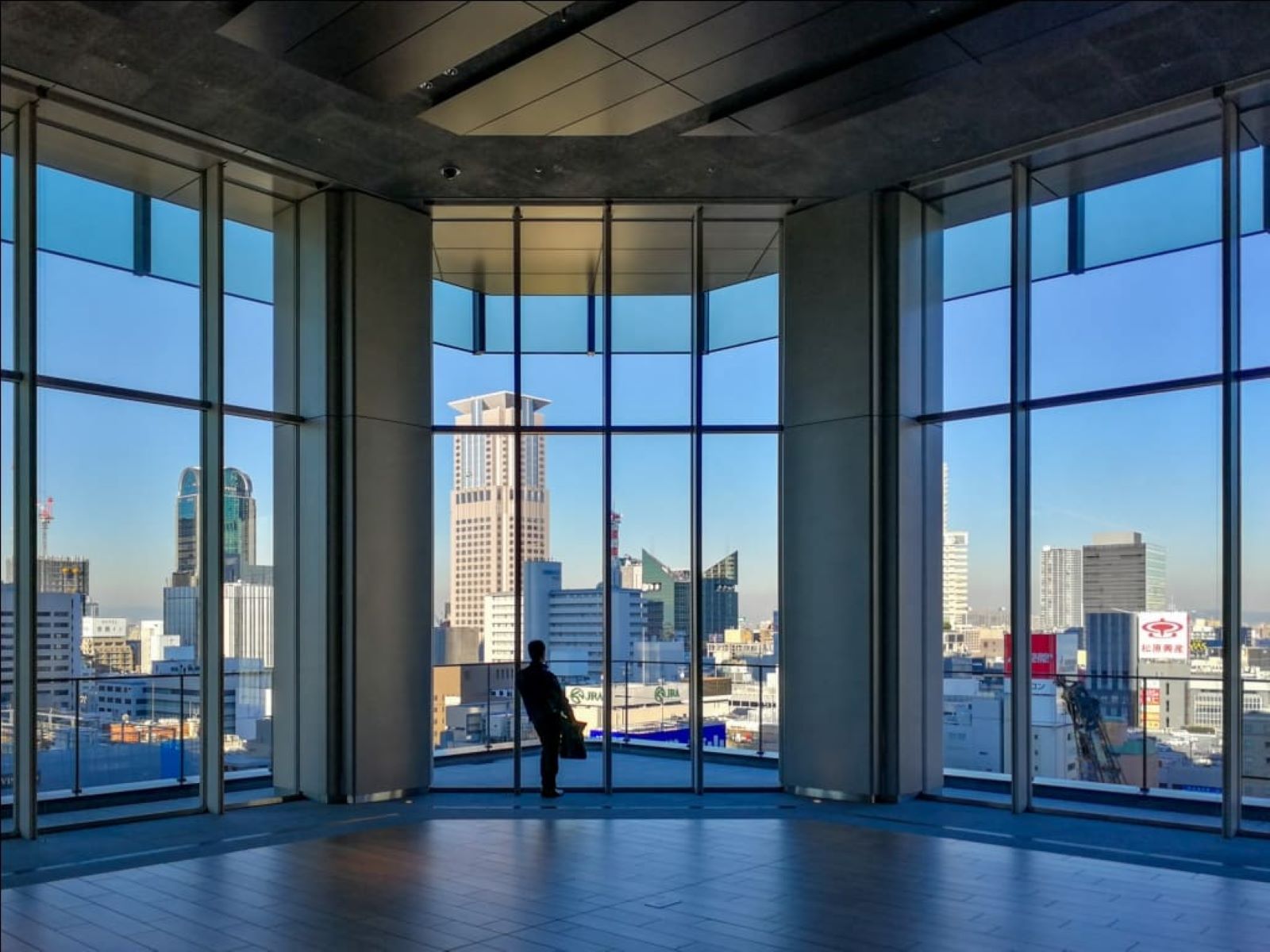


0 thoughts on “What Is Annealed Glass”